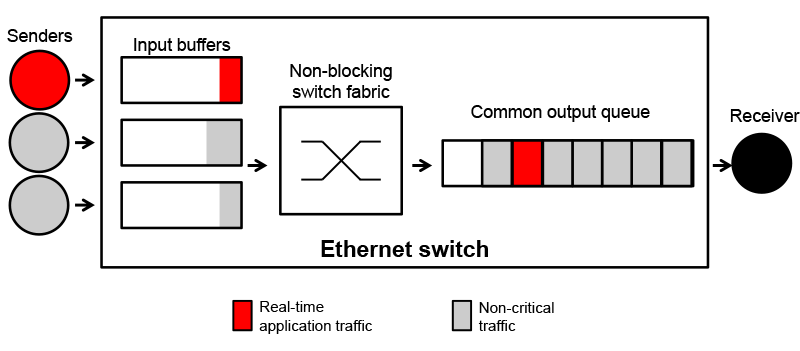
Ethernet has become the networking technology of choice in a wide range of applications; most modern embedded computing products feature at least one Ethernet interface. A mature and open standard, Ethernet is implemented in hardware from many vendors and features extensive software support.
One area that has been reluctant to adopt Ethernet is real-time systems. In these applications, processing must keep up with events in the real world – unpredictable delays in computing systems cannot be tolerated. In safety-critical real-time systems – where errors can lead to a loss of life – the requirement for deterministic real-time behavior becomes even more essential.
Early Ethernet systems did not deliver the deterministic forwarding required for real-time systems. Various conditions could cause network traffic to be delayed or even dropped. However modern Ethernet technology has reduced or even eliminated many of the sources of unpredictable communications. Switched Ethernet networks configured for Quality of Service (QoS) can deliver predictable, low-latency forwarding. With careful design, Ethernet systems can meet the needs of many real-time systems. In addition, several new standards extend Ethernet to enable deterministic Ethernet for the most demanding systems including safety-certified avionics applications.

Figure 1: Congestion adds latency as real-time traffic queues behind non-critical traffic.
This white paper provides an overview of the challenges associated with using Ethernet for real-time systems, and some approaches to addressing those challenges. It is the first in a series of papers on this topic. Future white papers will cover specific technologies and features in greater detail.
Download the white paper to learn more.
- Ethernet switching
- Deterministic Ethernet
- Ethernet Quality of Service
- Real-time networking standards